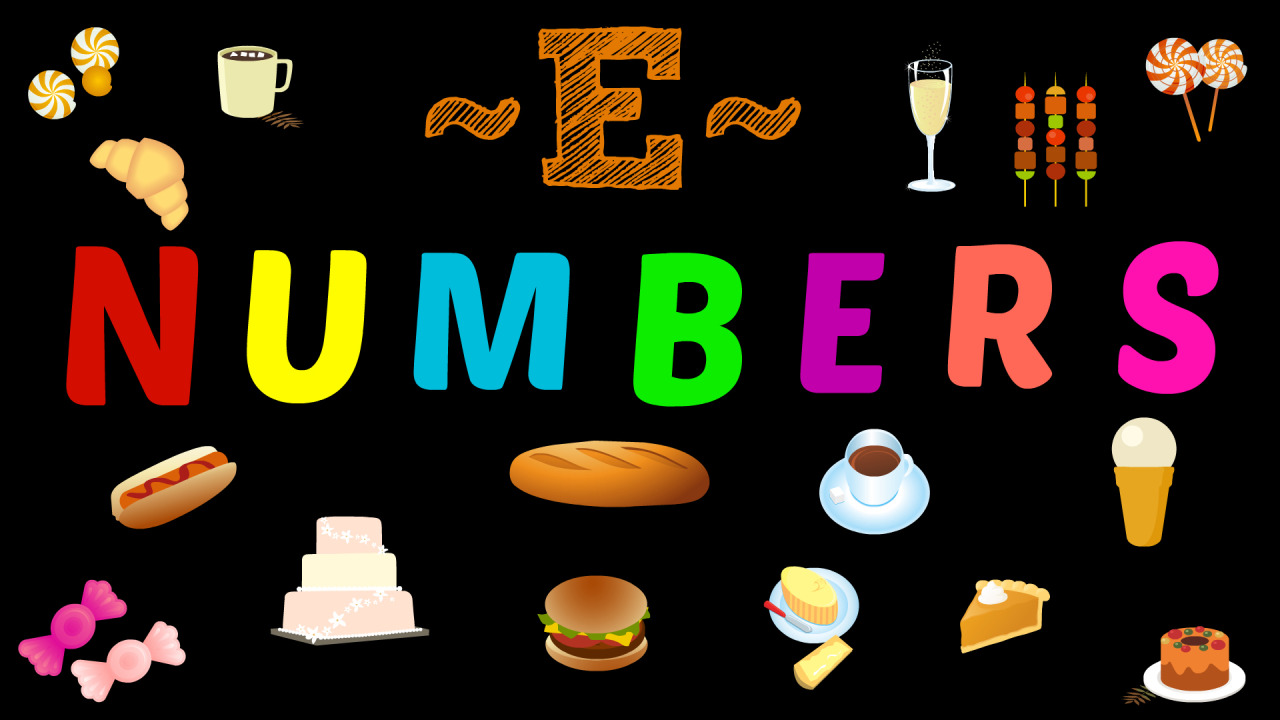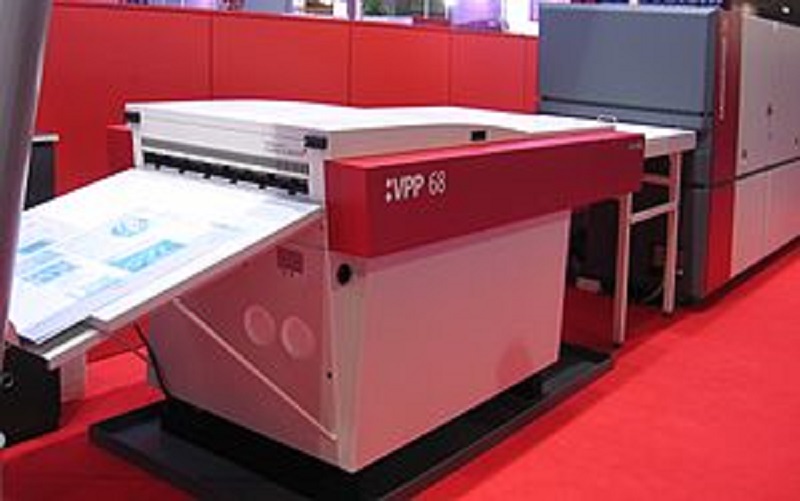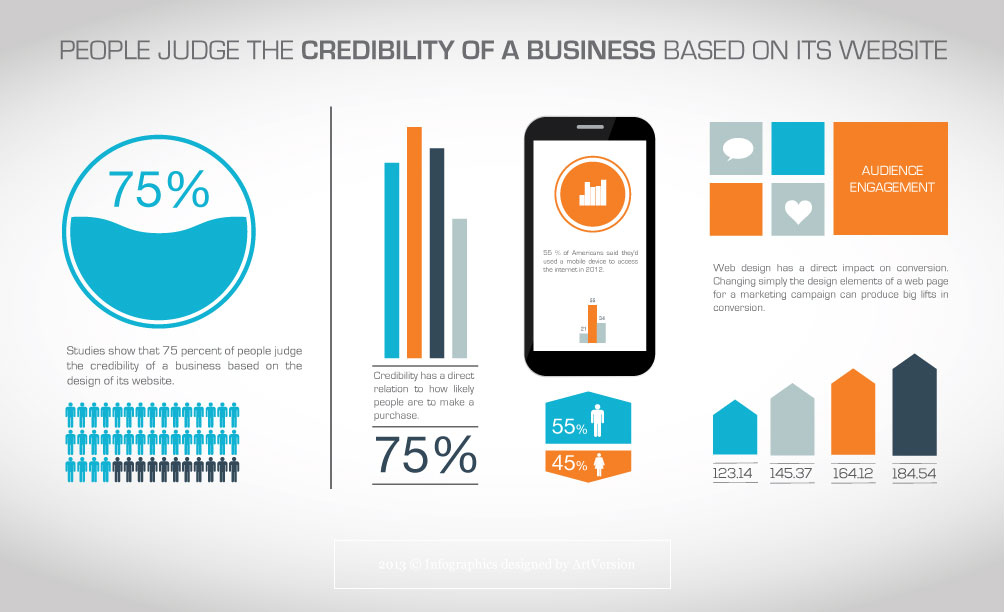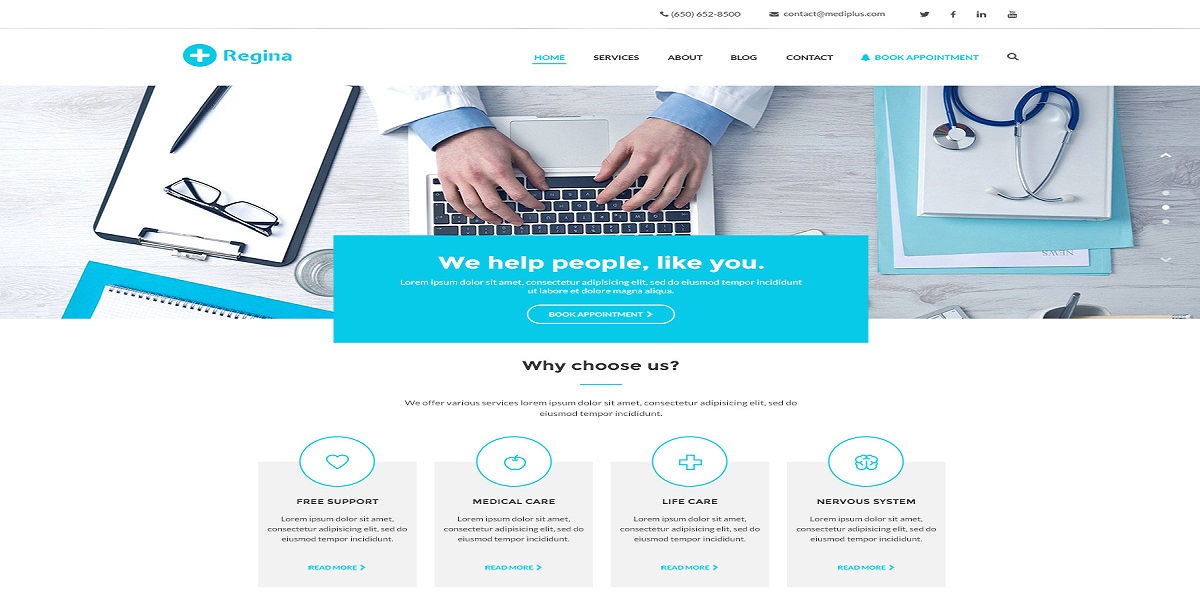The “E numbers” in the ingredients list of our packaged foods are basically replacing the common name of food additives. Therefore, “E numbers” are codes for substances that can be used as food additives. “E numbers” (the name stands for “Europe) are used to augment / enhance the color, flavor and texture of the foods, as well as to prevent food from spoiling. Food additives have been used for centuries.
The ancient Romans were using spices such as saffron to give food a yellowish color. Salt and vinegar were used to preserve meats and vegetables for long journeys.
In the 60s of the twentieth century, regulators decided to standardize food additives. In Europe, these are called E-numbers and nowadays can be noticed on food labels in other areas outside Europe.
What do the numbers mean?
100 to 199: Food coloring. In Europe, saffron is “food color 164” (E-164). Other examples of food coloring: turmeric (E100) and paprika (E160c).
200 to 299: Preservatives. These prevent the growth of microbes in food. E220, for example, is sulfur dioxide, which is used to stop acetic acid bacteria from turning the wine into vinegar.
300 to 399: Antioxidants. Vitamin C (E300) falls into this category. Sometimes is used excessively, on the basis of a mythology concerning its ability to prevent or reduce the effects of cold or to boost the immune system.
400 to 499: Thickeners, emulsifiers and stabilizers. Thickeners are commonly used in soups and sauces. Emulsifiers help to keep oily substances and watery (aqueous) substances from separating, such as mayonnaise. Without emulsifiers, the water would separate from the oil.
500 to 599: Acidity regulators and anti-caking agents. Sodium bicarbonate, for example, regulates the acidity.
600 to 699: Flavor enhancers, including monosodium glutamate (E621) or MSG.
700 to 999: Sweeteners, foaming agents and the gases used in food packaging, such as nitrogen gas (E941). It is used in most potato chip packaging, as it prevents oxidation.
Regulations regarding E numbers
Food additives limitations vary from country to country, depending on how the local regulatory authorities interpret the results of laboratory toxicity tests. Toxicity is the ability of a substance to cause damage, which closely related to how much of the substance is eaten (ingested).
Basically, every substance is toxic in a high enough dose. You’re probably drinking coffee (which contains caffeine) on a daily basis. Caffeine is toxic in large amounts (around 100 cups of coffee per day), but perhaps no one consumes such a large amount in a single day.
Editor’s note:
Although the labeling of specific foodstuffs states that they do not contain E numbers, most likely this information is incorrect, since some E numbers, such as vitamin C, are found in foods without being added by the merchant. E-numbers are referred to as certain substances that may represent (or not) the addition of the producer.
However, a series of E-numbers are considered as harmful. In fact, countless conspiracy theories were created relying on E-numbers. Some theories claim that E numbers are designed specifically to affect the population (with the knowledge and guidance of state institutions or international institutions). Here’s a list of substances which are a subject to debate.
Amaranth (E123)
Amaranth is used to give food a reddish color. It is permitted for use in Australia and the European Union, but is banned in the United States due to suspicions it causes cancer.
In 1971, a Russian study has determined a link between Amaranth and cancer in rats. The study was viewed with skepticism. The US Food and Drug Administration (FDA) conducted several studies to clarify. The FDA has found no conclusive evidence that the substance might be harmful. In female rats given high doses, an increase in malignant tumors has been reported. However, as a result of public pressure and outcry, the FDA banned this food coloring in 1976.
The “Southampton” study. Mix A and Mix B
In 2007, a study conducted by British researchers (the “Southampton” study) found a link between mixtures of food coloring and increased hyperactivity in children. Two coloring mixtures were used: Mix A (containing E102, E110, E122 and E124) and Mix B (containing E104, E110, E122 and E129).
The study measured hyperactivity by parent-completed questionnaires, teacher-completed questionnaires, computer tests and psychology students observing children in the classroom.
Following public outrage, a “voluntary ban” was implemented in 2009. This means that these food coloring can be used in the UK and European Union, but they must carry a warning that they “may have adverse effect on activity and attention in children”.
Because of the bad publicity, merchants are forced to find alternatives to these dyes.
Tartrazine (E102)
In the EU products containing tartrazine must carry a warning stating that the product may cause allergic reactions in some people.
One study found that tartrazine activates allergic reactions in a quarter of people with allergies.
A recent analysis shows that avoiding tartrazine can help control asthma – for people who suffer from this condition.
There is also some evidence that children with ADHD are genetically programmed to be more sensitive to food coloring. The consumption of these additives may augment ADHD symptoms.
Conflicting results
For the “Southampton” study, mixtures of colorings and sodium benzoate (E211 – preservative) were used. However, it’s not clear which of the substances has a harmful effect.
A recent study of Chinese children found no harmful effect from either food coloring listed above or sodium benzoate when given separately.
A study conducted after the 2007 study (the “Southampton” study) suggests that genetic differences are responsible for different effects on test subjects, which might explain inconsistent results seen among studies.
To conclude, there are two things to keep in mind:
- Some people have hypersensitivity, which means they must carefully read food labels in order to avoid certain additives;
- Most people will be able to consume these additives without risking unwanted side effects.
Within the European Union there is a database of food additives approved for use, where you can find detailed information about each component (including the approved conditions of their use in foodstuffs).
For those who want to read more on food additives, we recommend “Guide to Food Additives” (http://www.scientia.ro/images/stories/articles/2016/februarie/20/Ghid-aditivi-alimentari.pdf), conducted by Romanian Ministry of Health.








